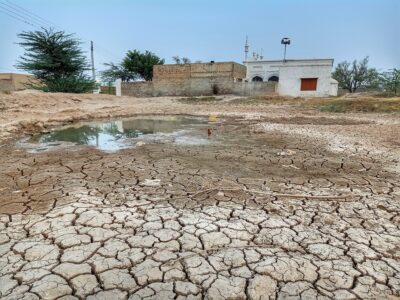The interactive maps below provide an overview of some of the water challenges different parts of the world currently face. Mouse over countries to view statistics, and use the area below to learn more about the issues and load other datasets.
Dependency Ratio: World
The dependency ratio is the percentage of renewable water resources that originate outside a country. Countries with high dependency ratios are more dependent on their neighbors for water resources, and indicate regions where conflicts over water might occur: Asia, the Middle East, India and Pakistan, and even lowland countries like the Netherlands.
Data: AQUASTAT, Food and Agriculture Organization of the United Nations (FAO)
Access to Improved Drinking Water: Africa
As part of the UN’s Millennium Development Goals program, much progress has been made over the past decade to expand access to clean drinking water to people in developing countries. However, 44% of the 783 million people who do not use an improved source of drinking water can be found in Africa.
Data: WHO/UNICEF Joint Monitoring Programme (JMP) for Water Supply and Sanitation, 2010 (2009, 2008, 2006, 2001)
Renewable Freshwater Resources Withdrawn per Year: Middle East
This statistic reflects the amount of water each country withdraws annually as a percentage of its total renewable water resources. Every year the arid countries of the Middle East use much more water than they receive from renewable sources such as rainfall, rivers and groundwater recharge.
Data: AQUASTAT, Food and Agriculture Organization of the United Nations (FAO)
Cultivated Land Salinized or Waterlogged by Irrigation: Asia
Over time, irrigation can cause croplands to become saline or waterlogged, resulting in declining productivity and soil degradation. Soil salinity is a significant problem in the arid countries of Western Asia. The bulk of Turkmenistan’s water resources, which can be high in mineral content, are used for irrigation. Estimates of the percentage of Turkmenistan’s cutltivated land that has been damaged by irrigation run as high 90%.
Data: AQUASTAT, Food and Agriculture Organization of the United Nations (FAO); UNECE: “Environmental Performance Review of Turkmenistan…”
*Values are latest available and may be comprised of aggregate, estimated or modelled data.



